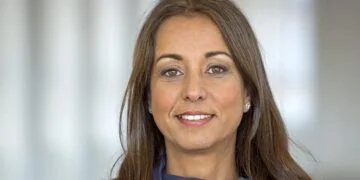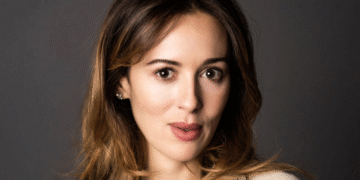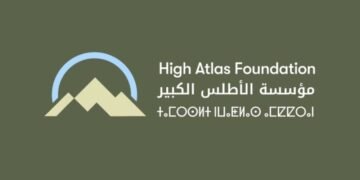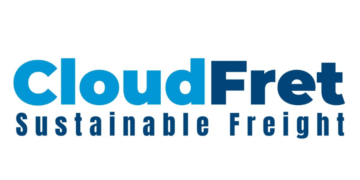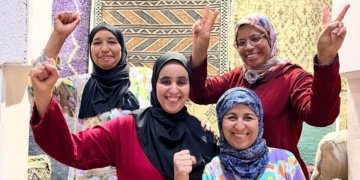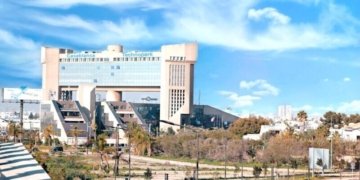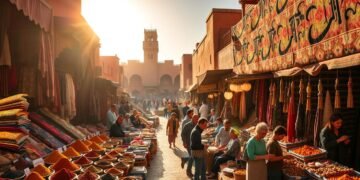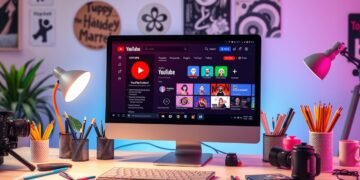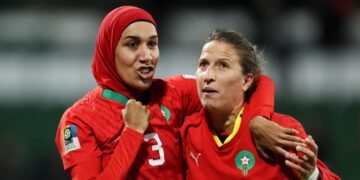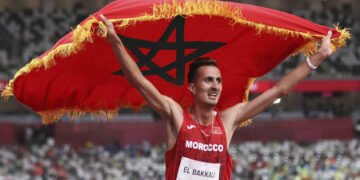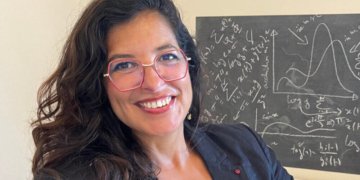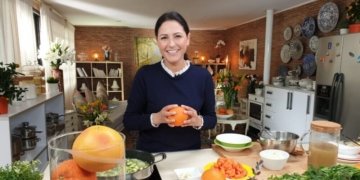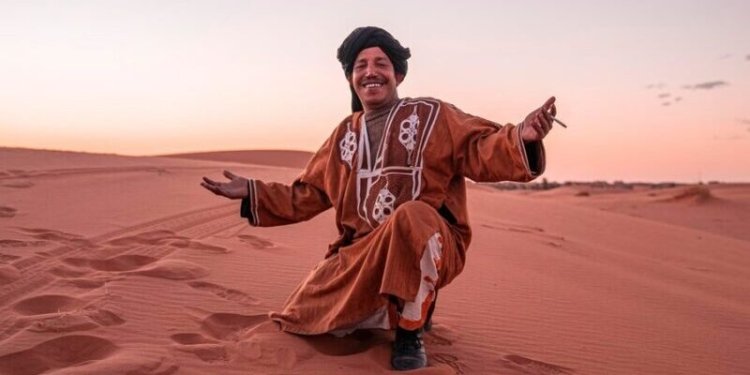Moroccan language, also known as Moroccan Arabic or Darija, is the official language of Morocco and is spoken by the majority of the population. It is a member of the Semitic language family and is closely related to Arabic, but with its own unique characteristics and influences from French, Spanish, and Berber languages.
One of the most distinctive features of Moroccan Arabic is the use of phonetic changes and borrowings from other languages, such as French and Spanish, which has resulted in a rich and diverse vocabulary. For example, the Moroccan Arabic word for “car” is “tomobil,” which is derived from the French word “automobile.” Similarly, the Moroccan Arabic word for “coffee” is “qahwa,” which is derived from the Arabic word “qahwah.”
In addition to its diverse vocabulary, Moroccan language also has a distinct grammar and syntax. It uses a system of suffixes and prefixes to convey meaning, as well as a wide range of verb tenses and moods. The use of these suffixes and prefixes is often influenced by the speaker’s dialect and regional variations.
One of the challenges for learners of Moroccan language is the wide range of dialects spoken within the country. The Moroccan dialect is generally considered the standard, but there are also significant variations within different regions of the country. For example, the dialect spoken in the northern region of Fes is quite different from the dialect spoken in the southern region of Marrakech.
Despite these challenges, learning Moroccan Arabic can be a rewarding experience for those interested in immersing themselves in Moroccan culture and communicating with native speakers. It is also useful for travelers who want to communicate with locals and better understand the culture and customs of the country.
Overall, Moroccan language is a fascinating and complex language that reflects the rich cultural and linguistic history of Morocco. Its unique characteristics and influences make it an important and vibrant part of Moroccan society and culture.

